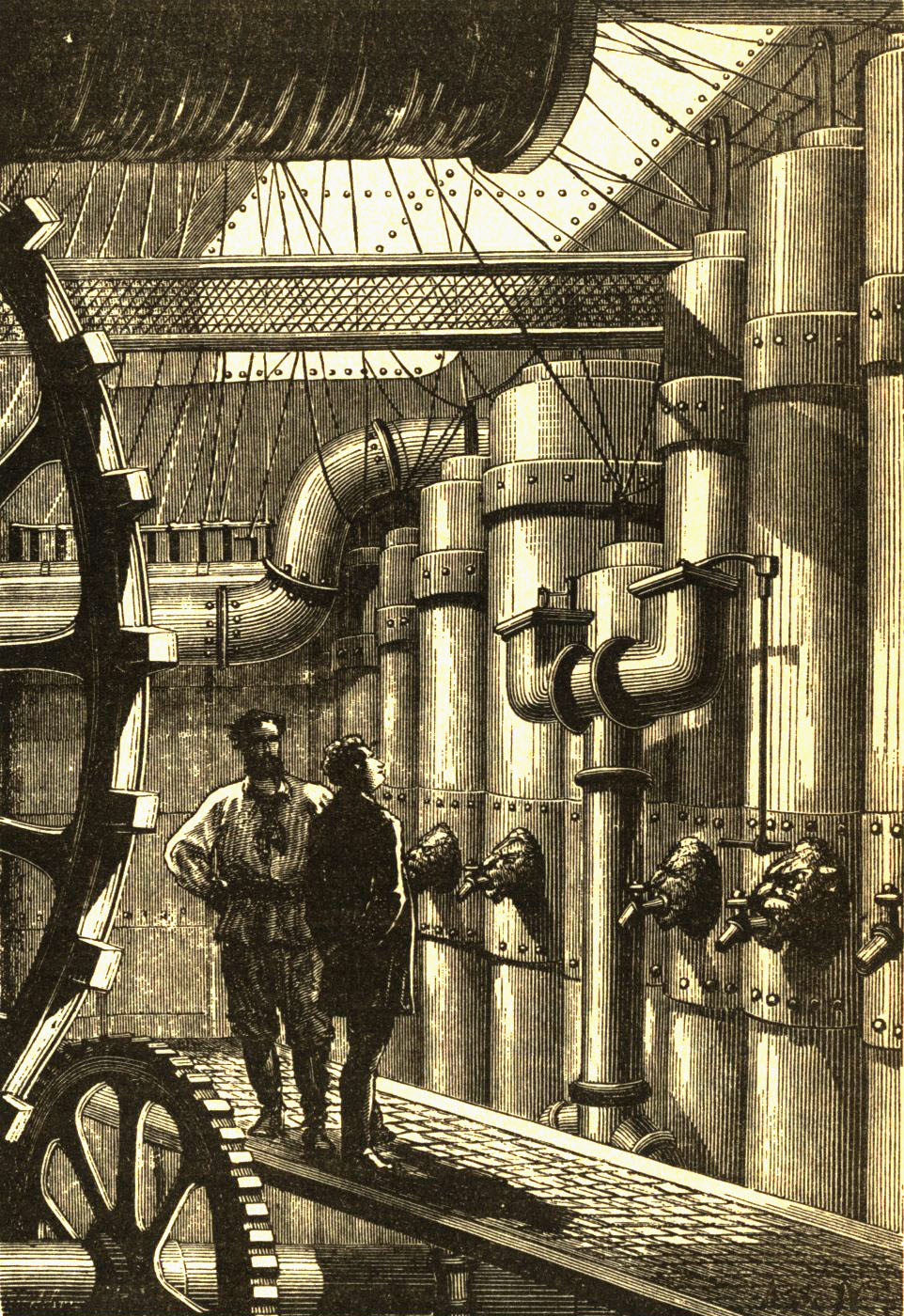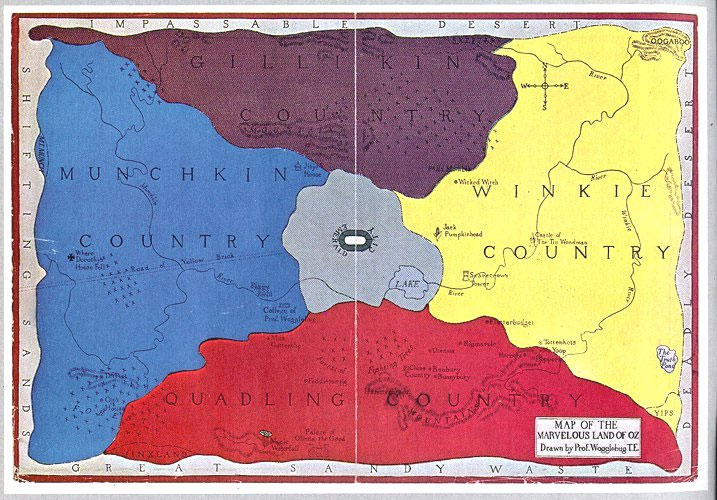|
The Extraordinary Adventures Of Adèle Blanc-Sec
''The Extraordinary Adventures of Adèle Blanc-Sec'' (french: link=no, Les Aventures extraordinaires d'Adèle Blanc-Sec) is a gaslamp fantasy comic book series first appearing in 1976 written and illustrated by French comics artist Jacques Tardi and published in ''album'' format by Belgian publisher Casterman, sometimes preceded by serialisation in various periodicals, intermittently since then. The comic portrays the titular far-fetched adventures and mystery-solving of its eponymous heroine, herself a writer of popular fiction, in a secret history-infused, gaslamp fantasy version of the early 20th century, set primarily in Paris and prominently incorporating real-life locations and events. Initially a light-hearted parody of such fiction of the period, it takes on a darker tone as it moves into the post–World War I years and the 1920s. One of Tardi's most popular works and his first to span multiple ''albums'', it has been reprinted in English and other translations and has ... [...More Info...] [...Related Items...] OR: [Wikipedia] [Google] [Baidu] |
Parody
A parody, also known as a spoof, a satire, a send-up, a take-off, a lampoon, a play on (something), or a caricature, is a creative work designed to imitate, comment on, and/or mock its subject by means of satiric or ironic imitation. Often its subject is an original work or some aspect of it (theme/content, author, style, etc), but a parody can also be about a real-life person (e.g. a politician), event, or movement (e.g. the French Revolution or 1960s counterculture). Literary scholar Professor Simon Dentith defines parody as "any cultural practice which provides a relatively polemical allusive imitation of another cultural production or practice". The literary theorist Linda Hutcheon said "parody ... is imitation, not always at the expense of the parodied text." Parody may be found in art or culture, including literature, music, theater, television and film, animation, and gaming. Some parody is practiced in theater. The writer and critic John Gross observes in his ''Oxford Boo ... [...More Info...] [...Related Items...] OR: [Wikipedia] [Google] [Baidu] |
Maurice Leblanc
Maurice Marie Émile Leblanc (; ; 11 December 1864 – 6 November 1941) was a French novelist and writer of short stories, known primarily as the creator of the fictional gentleman thief and detective Arsène Lupin, often described as a French counterpart to Arthur Conan Doyle Sir Arthur Ignatius Conan Doyle (22 May 1859 – 7 July 1930) was a British writer and physician. He created the character Sherlock Holmes in 1887 for ''A Study in Scarlet'', the first of four novels and fifty-six short stories about Ho ...'s creation Sherlock Holmes. The first Arsène Lupin story appeared in a series of short stories that was serialized in the magazine ''Je sais tout'', starting in No. 6, dated 15 July 1905. Clearly created at editorial request, it is possible that Leblanc had also read Octave Mirbeau's ''Les 21 jours d'un neurasthénique'' (1901), which features a gentleman thief named Arthur Lebeau, and he had seen Mirbeau's comedy ''Scrupules'' (1902), whose main character ... [...More Info...] [...Related Items...] OR: [Wikipedia] [Google] [Baidu] |
Jean-Claude Forest
Jean-Claude Forest (11 September 1930 – 30 December 1998) was a French writer and illustrator of comics and the creator of character Barbarella. Biography Jean-Claude Forest was born in Le Perreux-sur-Marne, a Paris suburb and graduated from the Paris School of Design in the early 1950s and immediately began working as an illustrator. While at the Paris School of Design Forest drew his first comic strip, ''Flèche Noire'' (The Black Arrow). After creating ''Le Vaisseau Hanté'' (The Ghost Ship) he illustrated several issues of ''Charlot'', a popular French comic book series loosely based on Charlie Chaplin. Forest eventually became the premier cover artist of French publisher Gallimard's leading French science-fiction paperback imprint, ''Le Rayon Fantastique'', also drawing covers for numerous French newspapers and magazines including ''France Soir''. [...More Info...] [...Related Items...] OR: [Wikipedia] [Google] [Baidu] |
Barbarella (comics)
Barbarella is a fictional heroine in a French science fiction comic book created by Jean-Claude Forest. History Jean-Claude Forest created the character of Barbarella for serialization in the French ''V Magazine'' in spring 1962, and in 1964 Éric Losfeld published these strips as a stand-alone book titled ''Barbarella''. The book caused a scandal and became known as the first "adult" (erotic) comic book, though American pornographic comic books known as "Tijuana bibles" had long predated it. For her creator, the character embodied the modern, emancipated woman in the era of sexual liberation, and as a result, this literary work has come to be associated with the mid-20th century sexual revolution. The comic would stop publishing in 1978 Barbarella was relaunched as an ongoing series by the American publisher Dynamite Entertainment in December 2017.The creative team was as writer Mike Carey and Kenan Yarar as artists. The comic would be supervisor by Jean-Marc Lofficier who wo ... [...More Info...] [...Related Items...] OR: [Wikipedia] [Google] [Baidu] |
Bécassine
''Bécassine'' is a French comic strip and the name of its heroine, appearing for the first time in the first issue of ''La Semaine de Suzette'' on February 2, 1905. She is considered one of the first female protagonists in the history of French comics. ''Bécassine'' is one of the most enduring French comics of all time, iconic in its home country, and with a long history in syndication and publication. Character The character Bécassine is a young Breton housemaid, usually depicted wearing a green dress pastiching traditional Breton peasant costume, with lace coiffe and clogs. She is said to come from Finistère, the area most associated with traditional Breton culture. However, her clothing has non-Breton elements, reminiscent of the local costume of Picardy. She is usually portrayed without a mouth. Seen as a stereotype and remnant of the contempt with which the Bretons were long seen, she is the typical provincial girl as seen by the more refined city people of Paris, the ... [...More Info...] [...Related Items...] OR: [Wikipedia] [Google] [Baidu] |
Protagonist
A protagonist () is the main character of a story. The protagonist makes key decisions that affect the plot, primarily influencing the story and propelling it forward, and is often the character who faces the most significant obstacles. If a story contains a subplot, or is a narrative made up of several stories, then each subplot may have its own protagonist. The protagonist is the character whose fate is most closely followed by the reader or audience, and who is opposed by the antagonist. The antagonist provides obstacles and complications and creates conflicts that test the protagonist, revealing the strengths and weaknesses of the protagonist's character, and having the protagonist develop as a result. Etymology The term ''protagonist'' comes , combined of (, 'first') and (, 'actor, competitor'), which stems from (, 'contest') via (, 'I contend for a prize'). Ancient Greece The earliest known examples of a protagonist are found in Ancient Greece. At first, dramatic pe ... [...More Info...] [...Related Items...] OR: [Wikipedia] [Google] [Baidu] |
Steampunk
Steampunk is a subgenre of science fiction that incorporates retrofuturistic technology and aesthetics inspired by 19th-century industrial steam-powered machinery. Steampunk works are often set in an alternative history of the Victorian era or the American "Wild West", where steam power remains in mainstream use, or in a fantasy world that similarly employs steam power. Steampunk most recognizably features anachronistic technologies or retrofuturistic inventions as people in the 19th century might have envisioned them — distinguishing it from Neo-Victorianism — and is likewise rooted in the era's perspective on fashion, culture, architectural style, and art. Such technologies may include fictional machines like those found in the works of H. G. Wells and Jules Verne. Other examples of steampunk contain alternative-history-style presentations of such technology as steam cannons, lighter-than-air airships, analog computers, or such digital mechanical computers as Charles B ... [...More Info...] [...Related Items...] OR: [Wikipedia] [Google] [Baidu] |
Graphic Novel
A graphic novel is a long-form, fictional work of sequential art. The term ''graphic novel'' is often applied broadly, including fiction, non-fiction, and anthologized work, though this practice is highly contested by comic scholars and industry professionals. It is, at least in the United States, typically distinct from the term ''comic book'', which is generally used for comics periodicals and trade paperbacks (see American comic book). Fan historian Richard Kyle coined the term ''graphic novel'' in an essay in the November 1964 issue of the comics fanzine ''Capa-Alpha''. The term gained popularity in the comics community after the publication of Will Eisner's '' A Contract with God'' (1978) and the start of the ''Marvel Graphic Novel'' line (1982) and became familiar to the public in the late 1980s after the commercial successes of the first volume of Art Spiegelman's '' Maus'' in 1986, the collected editions of Frank Miller's '' The Dark Knight Returns'' in 1986 and Alan ... [...More Info...] [...Related Items...] OR: [Wikipedia] [Google] [Baidu] |
One-shot (comics)
In comics, a one-shot is a work composed of a single standalone issue or chapter, contrasting a limited series or ongoing series, which are composed of multiple issues or chapters.Albert, Aaron"One Shot Definition" About Entertainment. Retrieved July 8, 2016. One-shots date back to the early 19th century, published in newspapers, and today may be in the form of single published comic books, parts of comic magazines/anthologies or published online in websites. In the marketing industry, some one-shots are used as promotion tools that tie in with existing productions, movies, video games or television shows. Overview In the Japanese manga industry, one-shots are called , a term which implies that the comic is presented in its entirety without any continuation. One-shot manga are often written for contests, and sometimes later developed into a full-length series, much like a television pilot. Many popular manga series began as one-shots, such as ''Dragon Ball'', ''Fist of the North ... [...More Info...] [...Related Items...] OR: [Wikipedia] [Google] [Baidu] |
Pilote
Cover of the first ''Pilote'' issue #0 ''Pilote'' () was a French comic magazine published from 1959 to 1989. Showcasing most of the major French or Belgian comics talents of its day the magazine introduced major series such as ''Astérix'', '' Barbe-Rouge'', ''Blueberry'', ''Achille Talon'', and '' Valérian et Laureline''. Major comics writers like René Goscinny, Jean-Michel Charlier, Greg, Pierre Christin and Jacques Lob were featured in the magazine, as were artists such as Jijé, Morris, Albert Uderzo, Jean (Mœbius) Giraud, Enki Bilal, Jean-Claude Mézières, Jacques Tardi, Philippe Druillet, Marcel Gotlib, Alexis, and Annie Goetzinger. ''Pilote'' also published several international talents such as Hugo Pratt, Frank Bellamy and Robert Crumb. History Following the publication of a teaser issue number 0 on June 1, ''Pilote'' made its debut proper on 29 October 1959. The magazine was started by experienced comics writers Goscinny and Charlier, and artists Albert Uderzo a ... [...More Info...] [...Related Items...] OR: [Wikipedia] [Google] [Baidu] |
Fictional Universe
A fictional universe, or fictional world, is a self-consistent setting with events, and often other elements, that differ from the real world. It may also be called an imagined, constructed, or fictional realm (or world). Fictional universes may appear in novels, comics, films, television shows, video games, and other creative works. The subject is most commonly addressed in reference to fictional universes that differ markedly from the real world, such as those that introduce entire fictional cities, countries, or even planets, or those that contradict commonly known facts about the world and its history, or those that feature fantasy or science fiction concepts such as magic or faster than light travel—and especially those in which the deliberate development of the setting is a substantial focus of the work. When a large franchise of related works has two or more somewhat different fictional universes that are each internally consistent but not consistent with each other (su ... [...More Info...] [...Related Items...] OR: [Wikipedia] [Google] [Baidu] |






